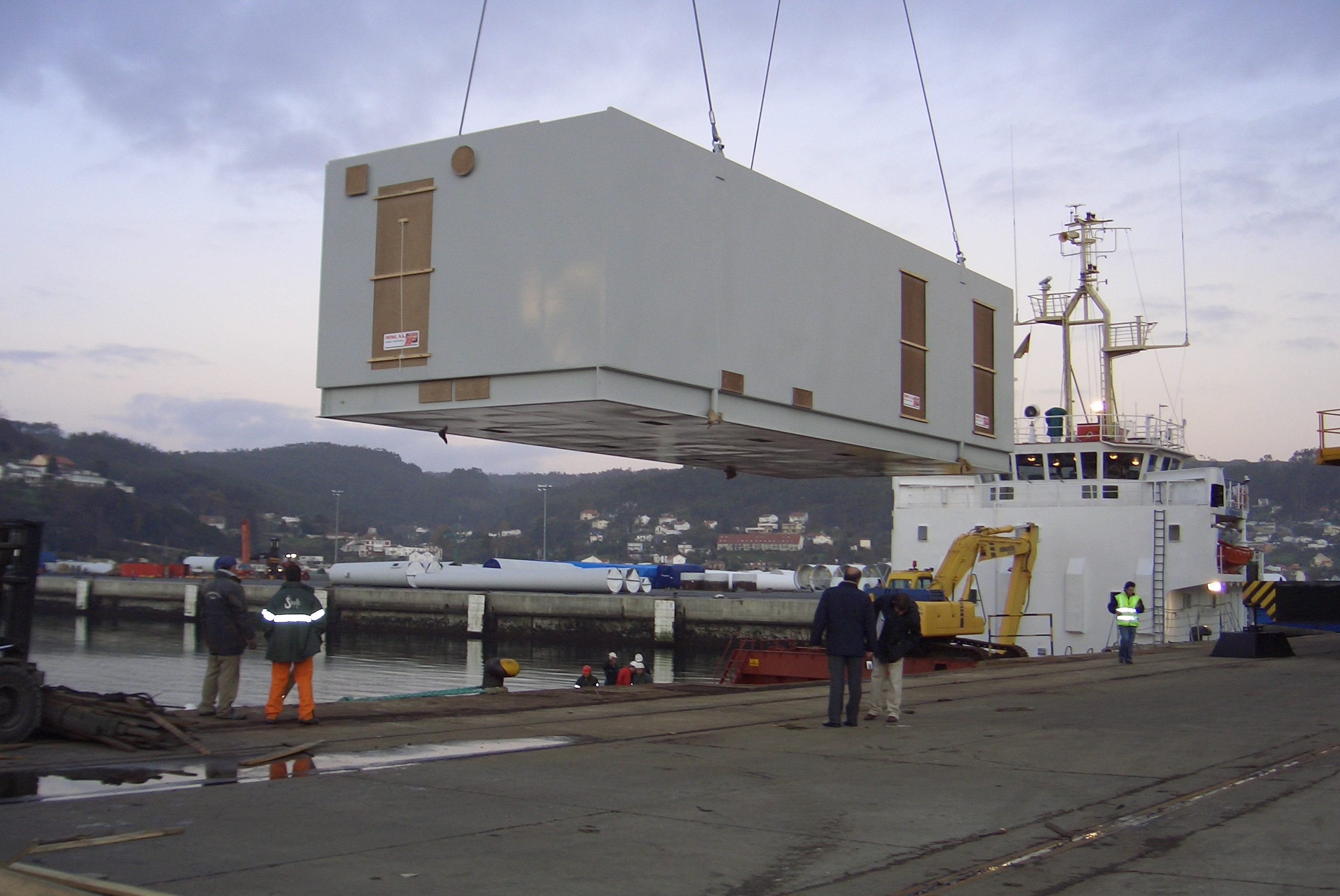Pressurized offshore service modules encompass any enclosed workspace maintaining positive pressure differential relative to the external environment while operating in potentially hazardous atmospheres. These modules typically serve as control rooms, laboratories, living quarters, and technical workshops on offshore installations.
Regulatory Framework
The primary regulatory bodies overseeing pressurized module safety include the International Maritime Organization (IMO), flag state authorities, and classification societies such as DNV-GL, ABS, and Lloyd’s Register. These organizations mandate specific requirements for module design, construction, and operation.
Design Requirements
Pressurized modules must maintain a minimum positive pressure of 25 Pa above ambient atmospheric pressure under all operating conditions. The module’s structural design must withstand maximum anticipated environmental loads while maintaining pressure integrity. External walls and bulkheads require minimum fire ratings of A-60 as per IMO standards.
The ventilation system must incorporate redundant air handling units capable of maintaining required pressurization levels independently. Fresh air intakes require positioning at least 3 meters from any potential hydrocarbon release points or hazardous area boundaries.
Hazardous Area Classification
Pressurized modules must comply with IEC 60079-13 standards for explosive atmosphere protection. The internal space classification can be reduced to non-hazardous (safe area) status provided the pressurization system meets performance requirements and incorporates appropriate safety measures.
Safety Systems and Controls
Pressurization systems require continuous monitoring through differential pressure sensors with both local and remote readouts. The control system must incorporate automatic shutdown protocols triggered by pressure loss below 12.5 Pa. Airlock entry systems require interlocking mechanisms preventing simultaneous door opening.
Gas detection systems must monitor both internal module atmosphere and ventilation intake air quality. Detection of hazardous gas concentrations requires immediate alarm activation and predetermined emergency response protocols.
Emergency Systems
Emergency power supplies must maintain pressurization for a minimum of 30 minutes following main power loss. Emergency shutdown systems require manual activation points at module exits and remote activation capability from the installation’s central control room.
Testing and Certification
Initial certification requires comprehensive pressure testing demonstrating the module’s ability to maintain required differential pressure levels. Smoke tests must verify proper airflow patterns and absence of dead zones. Annual recertification includes pressure decay testing and verification of all safety systems.

Operational Procedures
Standard operating procedures must address normal operations, maintenance activities, and emergency scenarios. Personnel access controls require strict management through permit-to-work systems. Continuous pressure monitoring logs require maintenance with periodic review by safety management.
Maintenance Requirements
Scheduled maintenance programs must address all critical systems including pressure sensors, gas detectors, and ventilation equipment. Filter replacement intervals require determination based on environmental conditions and air quality monitoring. Maintenance activities affecting pressurization require careful planning and risk assessment.
Documentation Requirements
Complete technical documentation packages must include design calculations, safety system specifications, and operational procedures. Regular updates reflecting modifications or operational changes require proper management of change protocols.
Training Requirements
Personnel working within or maintaining pressurized modules require specific training covering normal operations, emergency procedures, and safety system functions. Refresher training intervals should not exceed 24 months.
Incident Reporting and Investigation
Any pressure loss incidents or safety system activations require thorough investigation and documentation. Root cause analysis findings must inform potential procedural or system improvements.
Conclusion
Strict adherence to these regulations and standards ensures safe operation of pressurized offshore service modules in hazardous environments. Regular review and updates of these requirements reflect industry learning and technological advances.
